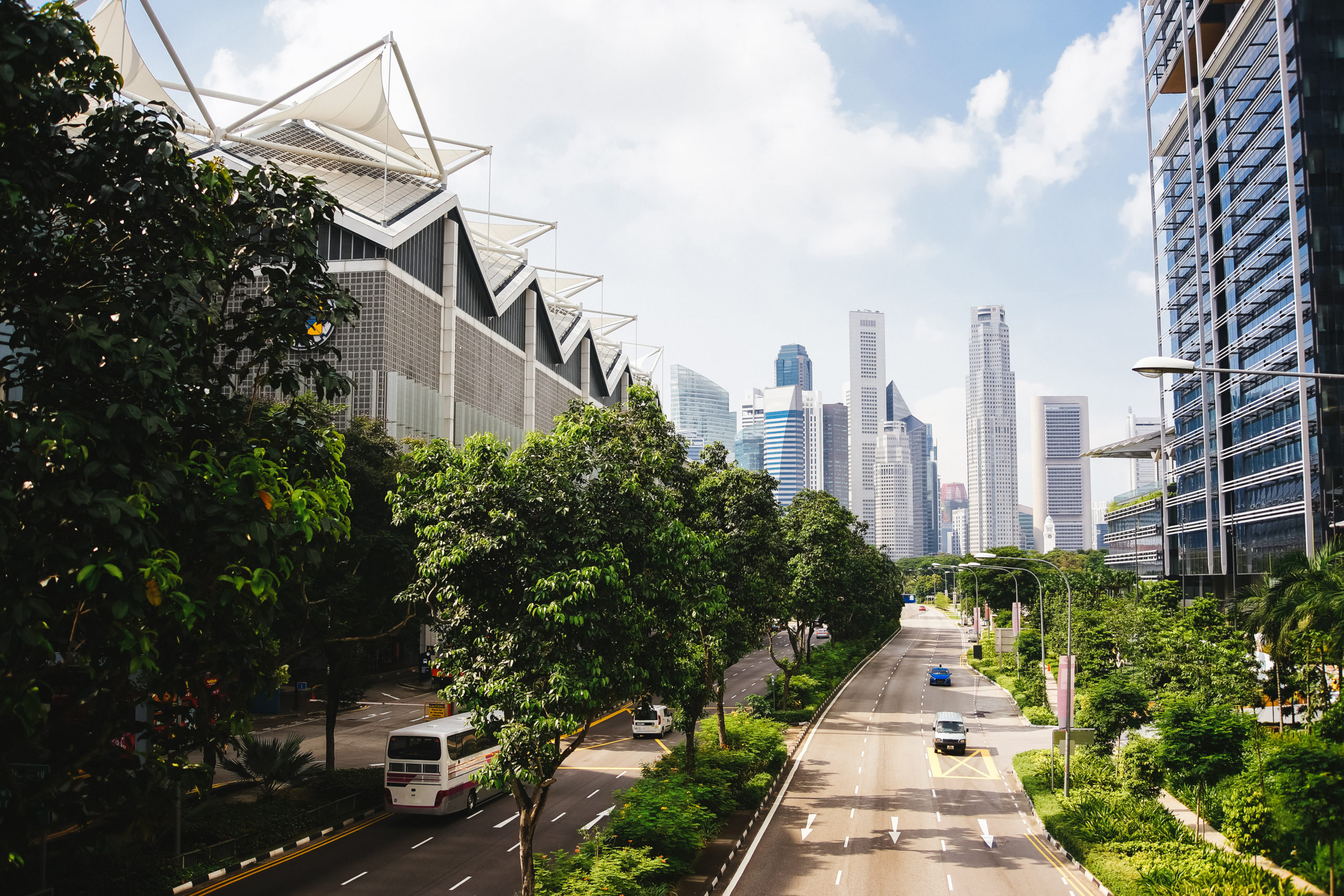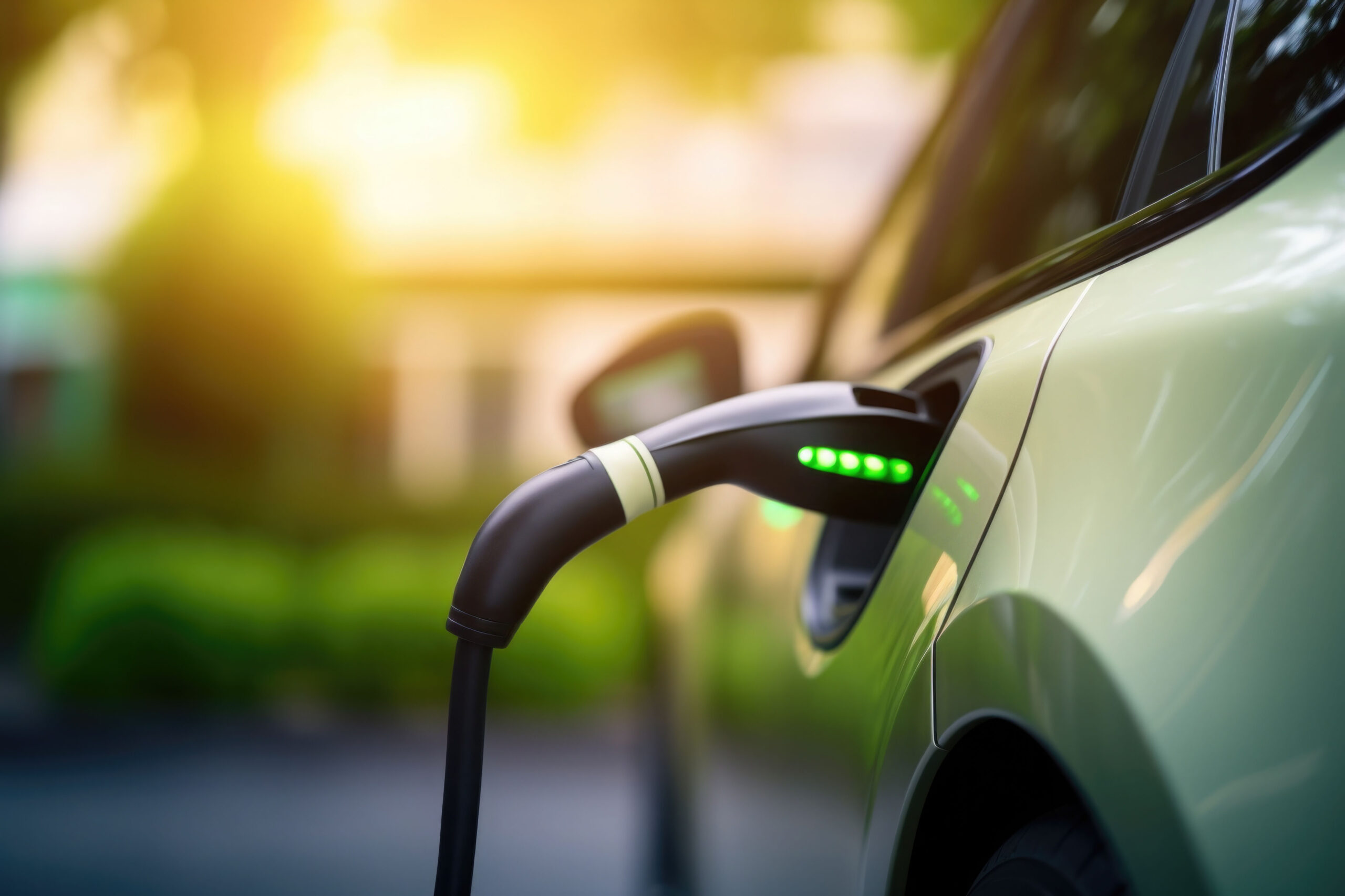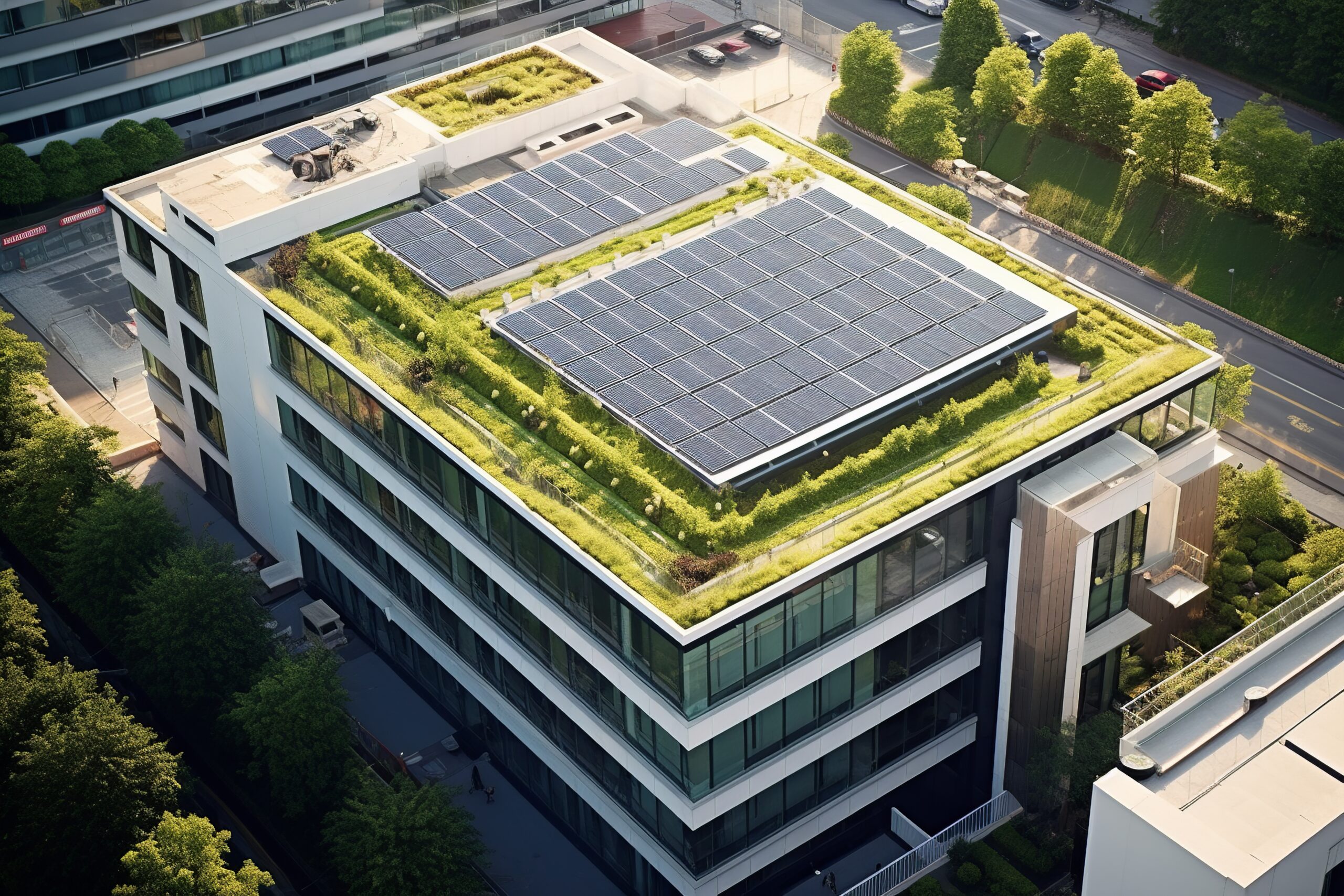
Connected mobility, an ally for sustainable urban mobility
In France, 30% of CO₂ emissions are generated from transport. Faced with the climate crisis, the French professional association of public and rail transport (UTP) has warned of the need to “double the use of public transport in urban travel and to reinforce the greening of vehicle fleets with government support”.
With road traffic alone accounting for 86% of daily mobility in France, and 8 out of 10 people driving alone in their vehicule every morning, rethinking the sustainability of urban mobility has become a key issue for public authorities. With supply constraints weighing on economic agents, in both the public and private sectors, there is a true need for increased energy efficiency. In this context, several cities have already taken measures to reduce their carbon footprint and accelerate their ecological transition. A focus on new technologies favoring more sustainable mobility in cities, where energy transition goes hand in hand with electrification.
From autonomous ground transportation…
Looking to provide a practical, environmentally-friendly means of travel, the French city of Toulouse rolled out a fully-electric, driverless shuttle in January 2022, after getting the green light from the French government in March 2021. The EZ10 shuttle, which can carry up to 12 people, travels the 600-meter link between the Toulouse Oncopole campus and the passengers’ parking lot. In December 2017, Toulouse residents were given a first glimpse of the driverless shuttle being tested in a specific area in the city center. Using this solution, the city intends to provide passengers with a safe, flexible, and low-emission transport system. But above all, it was also designed to complement traditional means of transport, which sometimes struggle to fully meet user expectations, who have an increasing interest in the speed, safety, reliability, and comfort of transport systems.
From a technological point of view, the shuttle is at the cutting edge of innovation. Equipped with radars to manage its location, it can navigate its environment with ease and detect any type of obstacle or other road users. In terms of energy, the shuttle doesn’t fall short here either: with the help of a start-up, it could soon be using solar cells to increase its autonomy. The vehicle needs to be plugged in for around six hours to be fully recharged and currently operates for up to 16 hours on a single battery charge. The EZ10 has also been widely tested without passengers on board in over thirty countries around the world (including Singapore, the United States, Finland, and Australia). The company is now counting on further development of its vehicle to provide a wider offering of autonomous transport systems, particularly within private campus sites, factories, airports, and other organized communities. In terms of next steps, it is about to launch its autonomous bus, which could reach speeds of up to 70km/h compared to just 20km/h for the shuttle.
…to autonomous air transportation
When land routes are congested, why not take to the skies? This is precisely the original concept of the start-up Supraways, which plans to use highway median strips to develop its air cabin transport system. Each seven-seater cabin would travel on a guide rail supported by pillars and covered with solar awnings. The cabins are equipped with an electric motor incorporating a patented on-board self-guidance system to simplify maintenance procedures.
This futuristic transport system will operate in a closed circuit, attached to a 9 meter high suspended beam with a pillar every 40 meters. And a plus for urban areas, the system will take up almost no space on the ground. The cabins could travel at speeds of up to 50km/h in urban areas and 110km/h in suburban areas, transporting over 5,000 people per hour in each direction. This performance rivals that of a tramway system – but for half the cost. We also note the presence of smart on-board systems, used for air traffic control and the optimization of passenger waiting times, estimated at less than one minute.
This project, still in its mock-up stage, could be deployed in the Auvergne-Rhône-Alpes or Hauts-de-France regions, with the opening of a test center planned for 2023. The company hopes to revolutionize the world of urban transport, focusing particularly on train stations, stadiums, airport, industrial, and port areas, offices, and routes along highways. The company also plans to call on partners for the construction of the cabins and infrastructure.
All over France, cities, along with public and private stakeholders, are taking concrete action for sustainable mobility, relying on the development of new technologies to reduce their environmental impact and optimize passenger comfort. Similar projects, such as the Hyperloop hypersonic train in the United States or the SkyWay suspended transport system in the United Arab Emirates, could also contribute to the sustainable decarbonization of transport and reduce congestion in cities.

